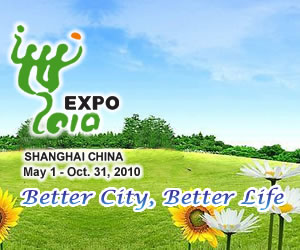The many dimensions of Kumbum Monastery
Approaching the East Gate of Kumbum Monastery, the scent of roasted barley offerings mixes with the musk emitted by the incense and butter lamps, creating an unforgettable aroma that instantly calls to mind the cool air of a Tibetan Buddhist altar. Passing through the gate, walls of Mani prayer wheels open up to a row of eight stupas, each representing a major event in the life of Shakyamuni Buddha. Pilgrims, visitors, monks, and tour guides alike mingle throughout the courtyard, some offering incense, others snapping photographs. This vast complex of Tibetan Buddhist temple holds different meanings for the diverse people who walk within its walls.
|
The eight stupas in front of Kumbum, representing major events in the life of Shakyamuni Buddha. [Photo by Lola Boatwright] |
 0
0 



![The eight stupas in front of Kumbum, representing major events in the life of Shakyamuni Buddha. [Photo by Lola Boatwright] The eight stupas in front of Kumbum, representing major events in the life of Shakyamuni Buddha. [Photo by Lola Boatwright]](http://images.china.cn/attachement/jpg/site1007/20100715/001fd04cf34a0da8a83201.JPG)





Go to Forum >>0 Comments